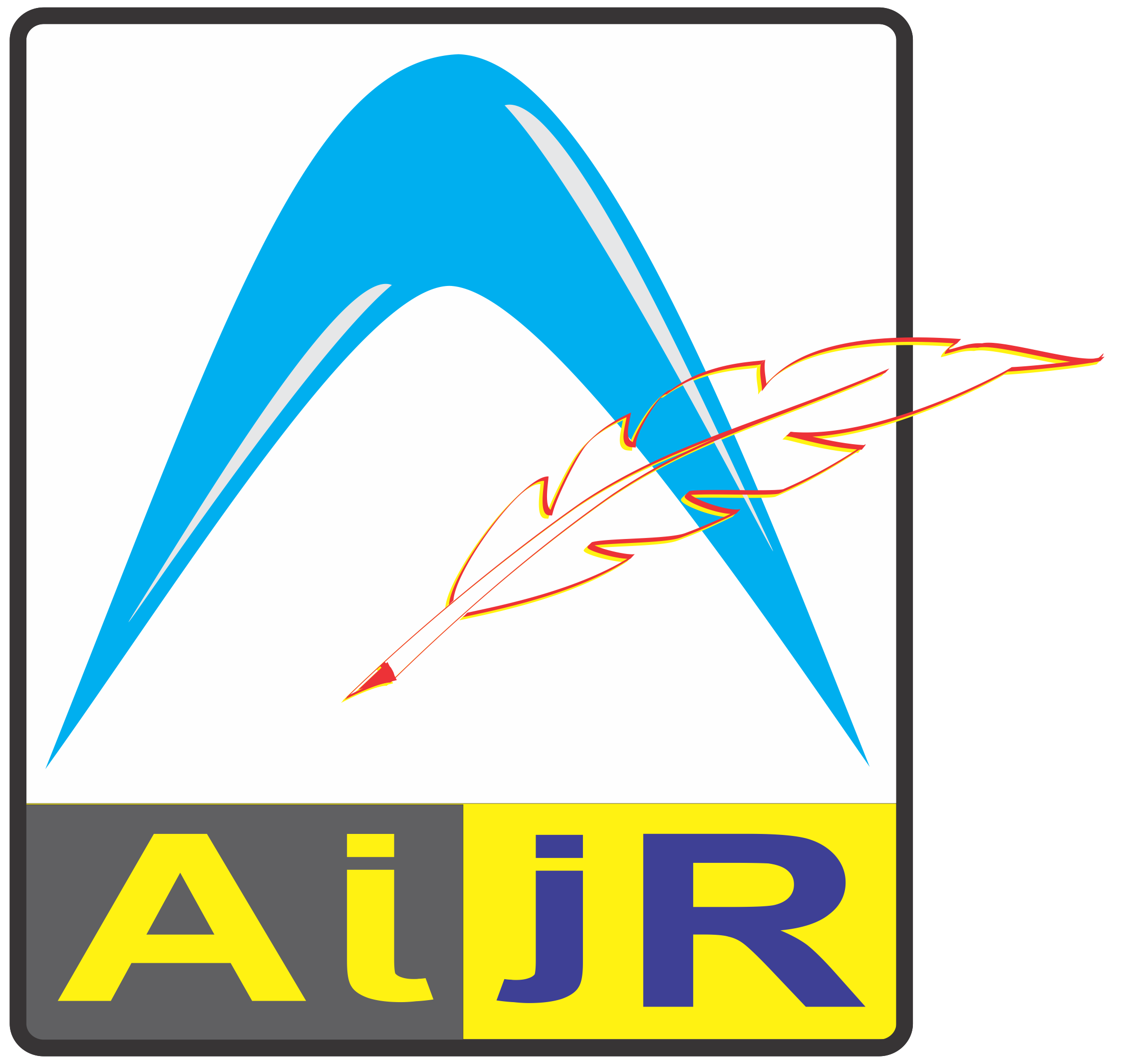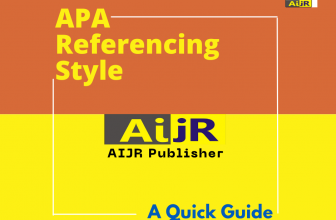In the world of academia, two prominent forms of scholarly writing are the Thesis and the Journal Article. While both contribute to the advancement of knowledge and showcase research skills, they have distinct characteristics and serve different purposes. Understanding the differences between a thesis and a journal article is crucial for researchers, scholars, and students. In this article, we will provide a detailed and insightful comparison of these two forms of academic writing, examining their purpose, structure, audience, and publication process.
Purpose
A thesis serves as a comprehensive demonstration of a student’s ability to conduct independent research, analyze data, and contribute original insights to their field of study. Its primary purpose is to fulfill the requirements for the completion of a degree, whether it be a master’s or a doctoral program. A thesis delves deep into a specific research problem, addressing gaps in existing knowledge and making a unique contribution to the field.
On the other hand, a journal article focuses on the dissemination of research findings to the wider academic community. Its purpose is to contribute to the existing body of knowledge, engage in scholarly discourse, and facilitate further research. Journal articles are typically more specific in scope, targeting a particular research question or hypothesis, and highlighting the significance of the findings within the context of the field.
Structure
Thesis and journal articles follow different structures to fulfill their respective purposes.
A thesis typically consists of several chapters, including an introduction, literature review, methodology, results, discussion, and conclusion. These chapters are interconnected, forming a cohesive narrative that showcases the student’s research journey. Additionally, a thesis may include supplementary sections such as an abstract, acknowledgments, and appendices. The structure of a thesis allows for an extensive exploration of the research problem, thorough analysis of the findings, and comprehensive discussion of their implications.
In contrast, a journal article adheres to a more concise and standardized structure. It typically includes an abstract, introduction, methodology, results, discussion, and conclusion. Journal articles are focused and aim to present the research in a clear and concise manner within the limited word count set by the target journal. The structure of a journal article emphasizes brevity, with a specific focus on the key findings and their implications.
Audience and Publication
Theses and journal articles differ in their target audience and publication process.
Theses are primarily intended for academic evaluation and examination. They are typically assessed by a committee of professors or experts in the field. Theses contribute to the existing body of knowledge within a specific discipline, but they are not usually published in academic journals. While some theses may be made available through institutional repositories, their primary audience is the academic community within the student’s institution.
Journal articles, on the other hand, target a broader audience of researchers, scholars, and practitioners in the field. They undergo a rigorous peer-review process, where experts in the field assess the quality, validity, and contribution of the research. Successful publication in a reputable journal allows researchers to share their findings with the wider academic community, receive feedback, and contribute to ongoing scholarly discussions.
Length and Depth
Another significant difference between theses and journal articles lies in their length and depth.
Theses are typically longer and more extensive in terms of content. They require students to conduct comprehensive research, provide detailed literature reviews, and present thorough analyses. The length of a thesis can vary depending on the field and degree level, ranging from tens to hundreds of pages. This length allows for an in-depth exploration of the research problem and the incorporation of relevant theoretical frameworks and methodologies.
Journal articles, on the other hand, are generally shorter and more concise. They aim to present the research findings within the constraints of the target journal’s word count limitations. Journal articles can range from a few thousand words to around 8,000 words, depending on the journal’s requirements. The brevity of journal articles necessitates clear and focused writing, emphasizing the key findings, their interpretation, and their implications for the field. While the depth of analysis may be more limited compared to a thesis, journal articles are expected to provide sufficient information for other researchers to understand and build upon the presented research.
Citation and Referencing
Both theses and journal articles require accurate and comprehensive referencing to acknowledge the contributions of other researchers and provide credibility to the work.
In the case of theses, referencing is typically more extensive, as they involve comprehensive literature reviews and incorporate a broader range of sources. Theses follow specific citation styles, such as APA, MLA, or Chicago, as per the guidelines provided by the institution or department.
Journal articles also adhere to specific citation styles determined by the target journal. However, the referencing in journal articles tends to be more focused on the specific literature and studies directly relevant to the research question at hand. The emphasis is on providing adequate support for the key arguments and findings presented in the article.
Conclusion
The thesis and the journal article are distinct forms of academic writing, each with its own purpose, structure, audience, and publication process.
Theses demonstrate a student’s research capabilities and contribute original insights to their field of study. They are comprehensive in scope, consisting of several chapters that explore the research problem in depth. Theses are primarily evaluated by academic committees and are not typically published in academic journals.
Journal articles, on the other hand, aim to disseminate research findings to the wider academic community. They focus on specific research questions and contribute to existing knowledge. Journal articles follow a concise and standardized structure, adhering to the guidelines of the target journal. They undergo rigorous peer review and are published in reputable journals to reach a broader audience.
Understanding the distinctions between theses and journal articles enables researchers, scholars, and students to approach each form of writing with the appropriate structure, depth, and style required for their intended purpose and audience. Both theses and journal articles play vital roles in advancing knowledge and fostering academic discourse within their respective fields.






